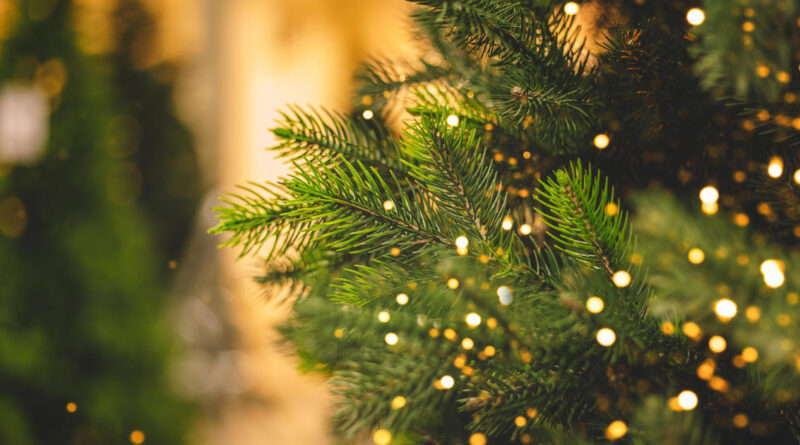Still need to buy a Christmas tree? Here’s the good news.
If you have yet to buy a Christmas tree this year, take cheer — prices are roughly the same as in 2023.
Growers weren’t expecting to raise wholesale prices, according to an annual survey by the Real Christmas Tree Board, based in Howell, Michigan, and sponsored by annual fees paid by growers and importers.
“It’s similar to last year. From what we’re hearing, wholesalers are holding their prices,” Jill Sidebottom, a spokesperson for the National Christmas Tree Association, a trade group that advocates for the tree industry, told CBS MoneyWatch.
The median price of a Christmas tree came to $75 in 2023, down from $80 in 2022.
“Since COVID, demand thankfully has been very high, and we appreciate that families are still putting up a real tree. The alternative is plastic, and that’s not good for the environment,” Lisa Angevine-Bergs, owner of the Angevine Farm in Warren, Connecticut, and executive director of the Connecticut Christmas Tree Growers told CBS MoneyWatch.
“It’s more expensive the closer to the city you get,” she said.
Christmas tree prices have risen over the last 15 years as supplies fell.
“The original tight supply goes back to 2008, when there was an oversupply and growers stopped planting as many,” said Sidebottom, noting that it takes up to a decade to grow a tree. Extreme weather, including a 2021 heat dome, also killed a lot of trees in the Pacific Northwest, she added.
Christmas trees are grown in every U.S. state, with Oregon, North Carolina and Michigan producing the most. Trees are also imported from Canada, with tree types including the Douglas fir imported from British Columbia.
Drought conditions hit parts of the country in recent months, resulting in wildfires in parts of the East Coast and potentially sleepless nights for tree farmers, given roots that were not properly hydrated in the fall may not make it.
“We were very worried that it would impact the trees for this year. Thankfully we have not seen any issues,” Angevine-Bergs said. “We started cutting some trees early just to see, and in November we began realizing this year’s trees are not going to be affected — taller trees have deeper roots.”
The roughly 8-foot tree now standard for the Christmas holiday typically takes about eight years to grow, with a white pine, for instance, growing quickly and white fir and spruce trees taking longer.
“There’s about a foot of growth a year, so you’re sitting on your money a long time,” Sidebottom said of the investment made by growers as they wait for their seedlings to sprout and flourish into mature trees.
Just like the holiday shopping season, Americans have moved up the timing as to when they purchase Christmas trees. Last year, a third of Americans bought their Christmas trees during the week after Thanksgiving and another 33% made the purchase during the first week of December, according to a poll of 1,499 adults taken in August and September last year.
Another 16% bought their tree in the second week of December; 14% claimed a tree before Thanksgiving; 3% in the third week of December and only 1% on Christmas Eve, the survey found.
“The trend now is earlier, even before Thanksgiving,” Angevine-Bergs said.
In decades past, “We never sold trees before Thanksgiving,” said Angevine-Berg of her roughly 50 acre farm, in the family for 156 years and selling Christmas trees since 1960. “As a child, we were always busy on Christmas Eve, and now you wouldn’t necessarily be open. A lot of farms are selling out earlier, and there are a lot of farms that are already sold out and closed.”




